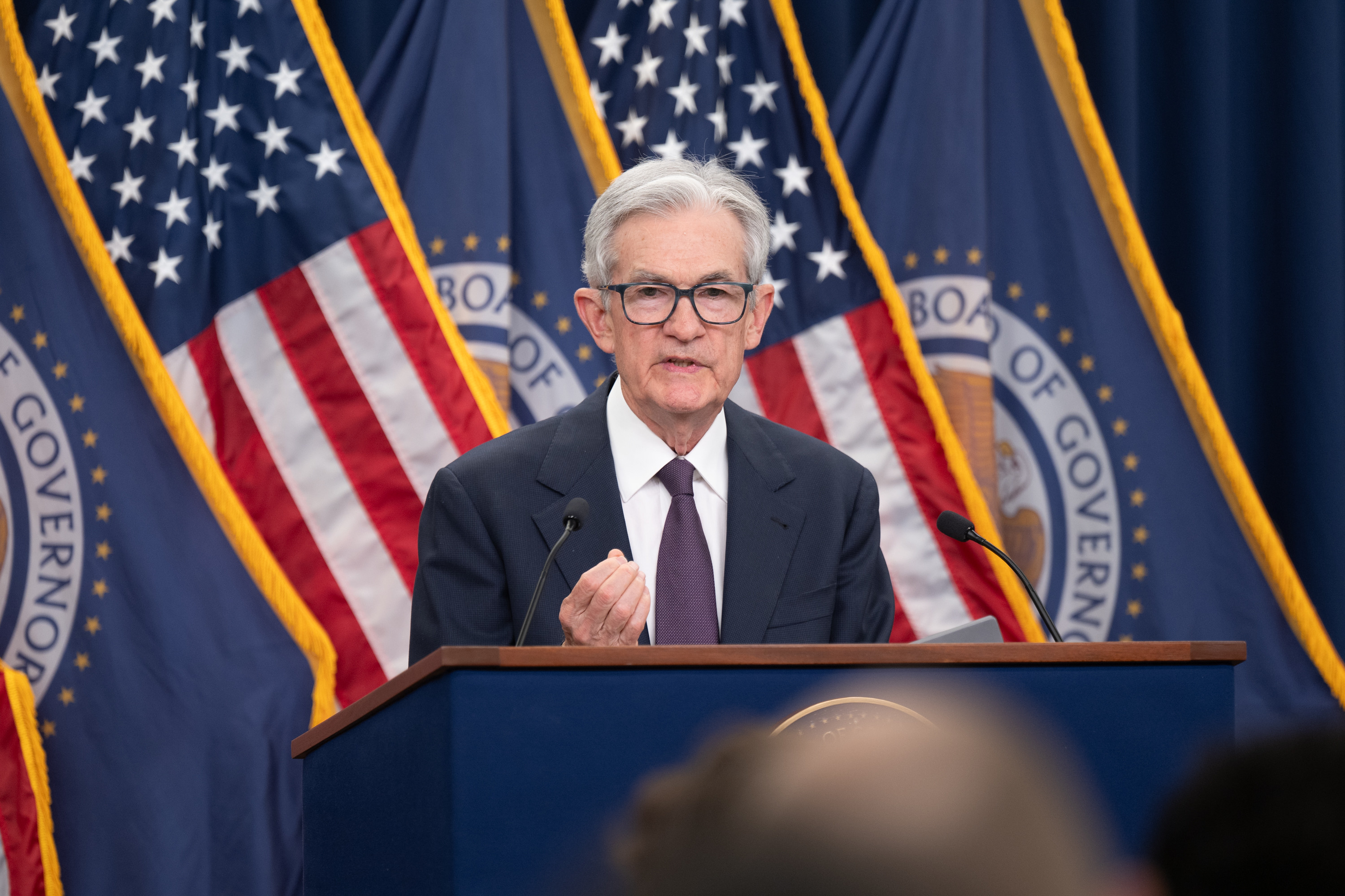The S&P 500 (^GSPC +0.32%) added 5.5% in the first half of 2025 as the economy remained strong despite sweeping tariffs from the Trump administration. The "Magnificent Seven" stocks were responsible for 15% of those gains because of particularly strong performances from Meta Platforms, Microsoft, and Nvidia.
Put differently, a relatively small number of mega-cap companies accounted for a relatively large portion of the S&P 500's gains in the first half of the year. In fact, the S&P 500 beat the S&P 500 Equal Weight Index -- an index that affords each stock the same weight, rather than weighting them by market capitalization -- by 1.7 percentage points.
So what? That was the 11th time since 1984 the S&P 500 has outperformed its equal-weight counterpart by more than a percentage point in the first half of the year. The last 10 times, the S&P 500 usually rocketed higher in the subsequent 12 months as the upward momentum broadened throughout the index.
Here's what investors should know.

Image source: Getty Images.
History says the S&P 500 could rocket higher in the next year
The S&P 500 tracks 500 large-cap stocks. The index is weighted by market value, meaning more valuable companies have a greater impact on its performance. Conversely, the S&P 500 Equal Weight Index tracks the same stocks, but places the same weight on each one, so no company impacts its performance more than any other.
Since 1984, the S&P 500 has beat its equal-weight counterpart by more than a percentage point during the first half of 11 years , with the most recent incident being 2025. The following table shows the 12-month return in the S&P 500 after the last 10 incidents. Interestingly, the index has always increased and almost always achieved double-digit returns.
|
Year |
S&P 500 Forward 12-Month Return |
|---|---|
|
1984 |
25% |
|
1990 |
4% |
|
1995 |
23% |
|
1997 |
28% |
|
1998 |
21% |
|
2012 |
18% |
|
2017 |
12% |
|
2020 |
39% |
|
2023 |
23% |
|
2024 |
14% |
|
Average |
21% |
Data source: YCharts. Chart by Author.
As shown, when the S&P 500 beats its equal-weight counterpart by over a percentage point in the first half of the year, it has returned an average of 21% in the next 12 months. Past performance is never a guarantee of future results, but we can use that data to make an educated guess about what comes next for the stock market.
The S&P 500 closed at 6,205 on June 30, 2025. The index will increase 21% to 7,508 by June 30, 2026, if its performance matches the historical average. That implies 20% upside from its current level of 6,244.

SNPINDEX: ^GSPC
Key Data Points
The S&P 500 currently trades at a historically expensive valuation
One reason the S&P 500 beat its equal-weight counterpart in the first half of 2025 was strong earnings growth from the largest companies. The "Magnificent Seven" in aggregate saw earnings increase 28%, while the other 493 stocks in the index saw earnings increase just 9%, according to FactSet Research.
Importantly, Wall Street analysts generally think the gap will narrow in the future, as follows:
- The "Magnificent Seven" are expected to report 16% earnings growth in 2025, while the other 493 companies in the S&P 500 are forecast to report 7% earnings growth.
- The "Magnificent Seven" are expected to report 15% earnings growth in 2026, while the other 493 companies in the S&P 500 are forecast to report 13% earnings growth.
Despite being such large companies, the "Magnificent Seven" are still reporting strong earnings. That bodes well for the S&P 500 because the "Magnificent Seven" comprise one-third of the index by market value. But it's even more encouraging to know earnings are forecast to accelerate across the other 493 companies. That suggets the stock market rally could broaden in the coming months.
However, the S&P 500 currently trades at 22.3 times forward earnings, a premium to the 10-year average of 18.4 times forward earnings, according to FactSet Research. Historically, valuations near 22 times forward earnings have correlated with annual returns of just 3% over the next three years, according to economist Torsten Slok at Apollo Global Management.
Here's the big picture: History says the S&P 500 could rocket higher in the next year. But history also says elevated valuations could lead to weak results over the next three years. Investors can reconcile those opposing views by limiting purchases to high-conviction stocks that trade at reasonable valuations.










